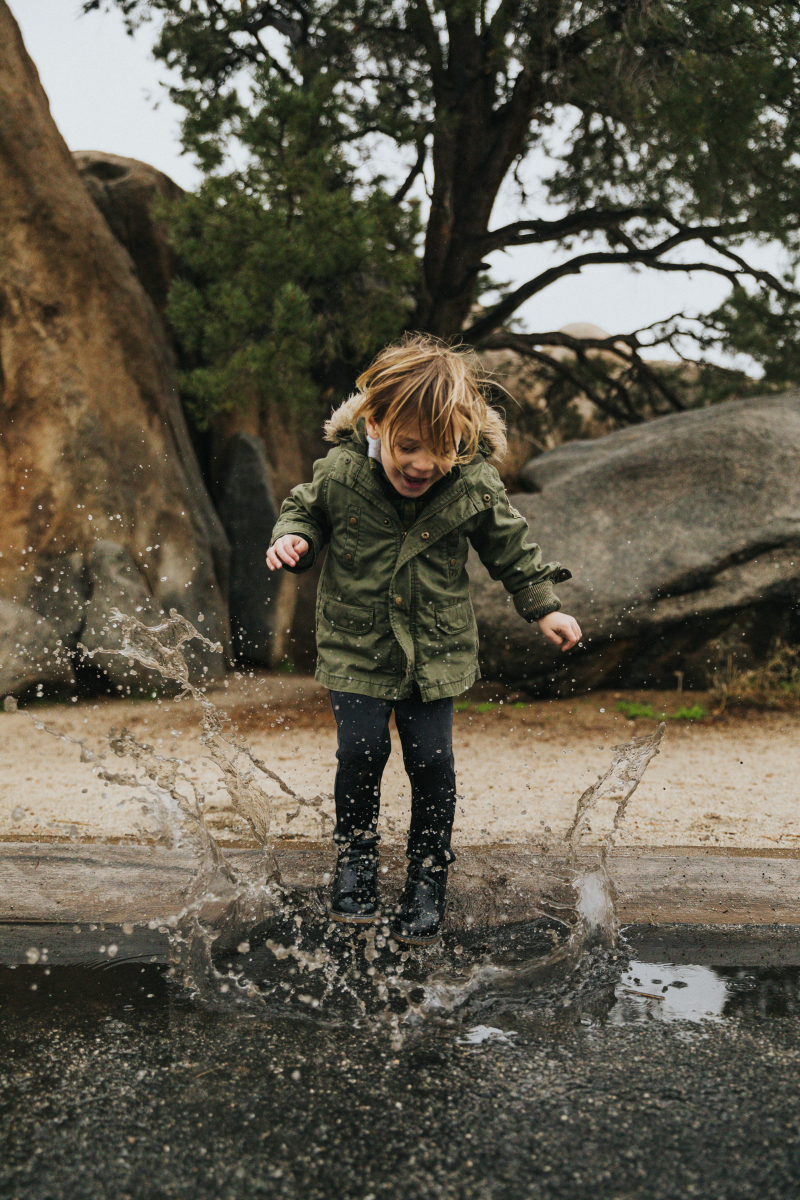 Moving our bodies can move our hearts and minds in powerful and surprising ways. As little as 3 minutes of physical activity can increase our energy and boost our mood. Moving our bodies increases our resilience to stress and makes our brains better at enjoying life.
Moving our bodies can move our hearts and minds in powerful and surprising ways. As little as 3 minutes of physical activity can increase our energy and boost our mood. Moving our bodies increases our resilience to stress and makes our brains better at enjoying life.
As Dr. Kelly McGonigal, author of The Joy of Movement tells us, physical activity makes our brains more responsive to joy, which can increase our ability to feel Secure & Calm, Alert & Engaged, and Compassionate & Kind. In this day and age of converging crises, joy is not a frivolous pursuit - it is a necessity. As Dr. McGonigal shares:
Joy is not a luxury, it is an instinct: it is about recognizing meaning, community and connection, and hope. So when we do things that bring us joy and acknowledge moments of joy, we are choosing a kind of courage, optimism, and trust to pursue what matters most in life, and our willingness to see the good in the world and one another. And that is part of what movement can do for us too. - Dr. Kelly McGonigal
Cultivating the Heart-Mind benefits of movement doesn’t have to be complicated. People of all ages, abilities, shapes, and sizes can learn how to move in ways that support Heart-Mind well-being. Read on to learn 8 ways to incorporate joyful movement into your life with the young people you care about, guided by the wisdom of Dr. Kelly McGonigal and The Joy of Movement.
8 Ways to Jump for Joy
1. Hop for Hope: Muscles do more than move your body - they create molecules that increase brain health and well-being, buffer us from stress, and help us experience hope! Muscle contraction - such as when we jump, hop, bend, or bounce - is what sends those amazing molecules into our bloodstream and to the brain. So, the next time you or the young person you care about is feeling down, hop for hope together - see how high or far you can jump, imagine that pillow on the floor is lava you have to leap over, or take turns pretending to be the cow that jumped over the moon (with sound effects, of course!). Do it for at least 3 minutes to feel more Secure & Calm.
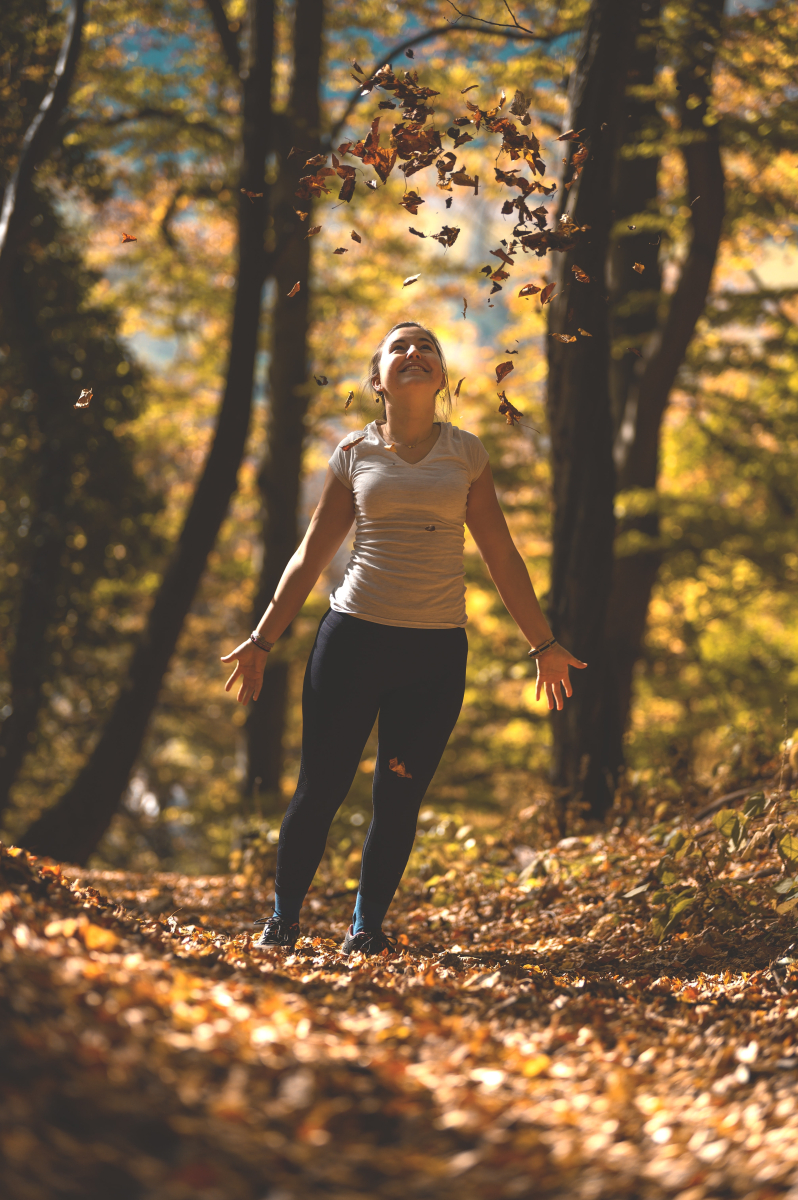
2. Find Your Fit: While most forms of exercise offer physical benefits, Dr. McGonigal shares that only certain types of movement provide the Heart-Mind benefits of increased joy and resilience to stress. Finding the right type of movement for you involves answering the following questions: Do you enjoy it? Does it make you feel good about yourself? Does it bring you closer to things that matter to you? If the answer is yes to all of the above, then chances are that you’ve found your fit - keep it up! You can help young people find their fit by observing them during an activity (Do they seem nervous? Exhilarated? Bored?), asking them why they like doing that activity, and exploring how it makes them feel. Support them to try new forms of movement in order to discover one or more activities they enjoy, helps them feel like their best selves, and empowers them to show up in the world with confidence.

3. Move together: Dr. McGonigal reminds us that humans are social creatures, and the positive benefits of movement are enhanced when we move together. Joining an all-ages yoga class, going on a group hike, having a family pillow fight, and volunteering in a local park cleanup are all ways to get moving alongside the young people you care about. Being active in a group has added benefits of increasing trust in others and nurturing our capacity for Compassionate & Kind.
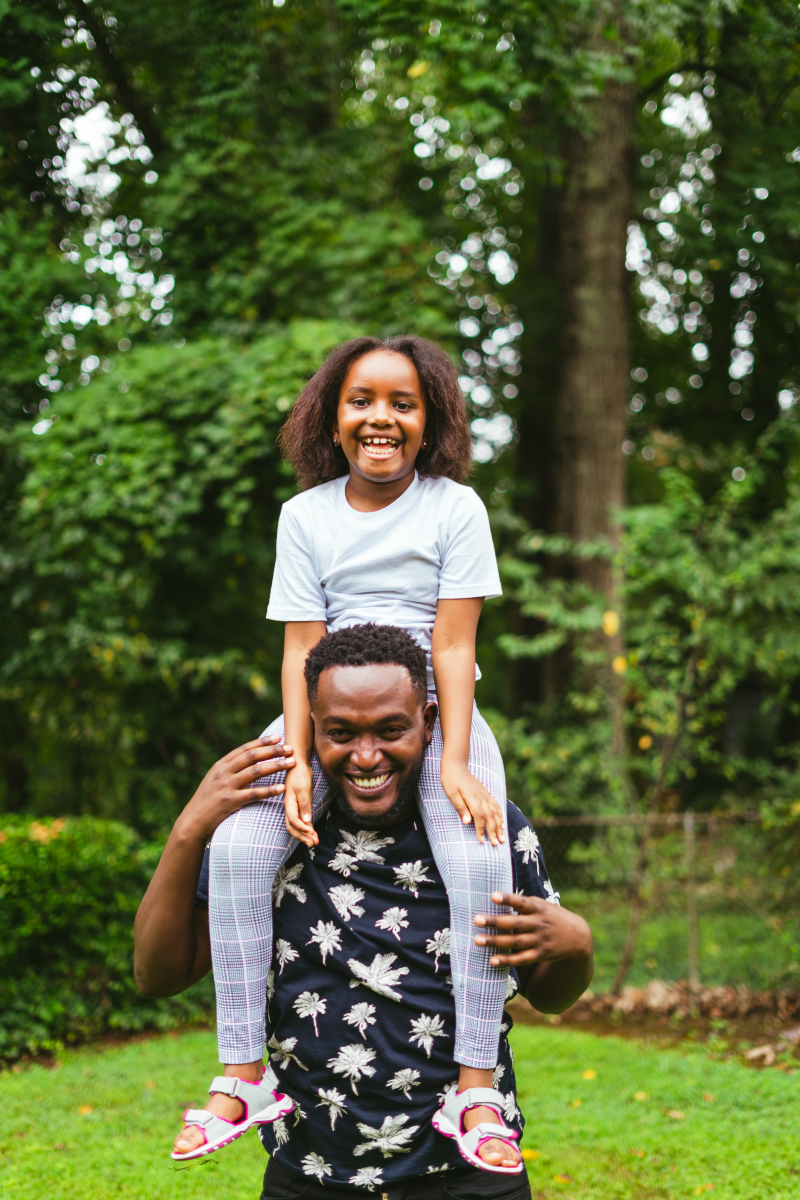
4. Make it green: Being active in nature can increase feelings of connection to something greater than us, and can recharge us physically, emotionally, and spiritually. Finding movement in nature can be as simple as taking a walk down a tree-lined street and inviting your child to mimic the swaying branches overhead. Or digging for buried treasure together on a sandy beach. Or making a snowman. Anything that lets you engage with the world through your body, in the presence of nature, will nurture your ability to be Alert & Engaged.
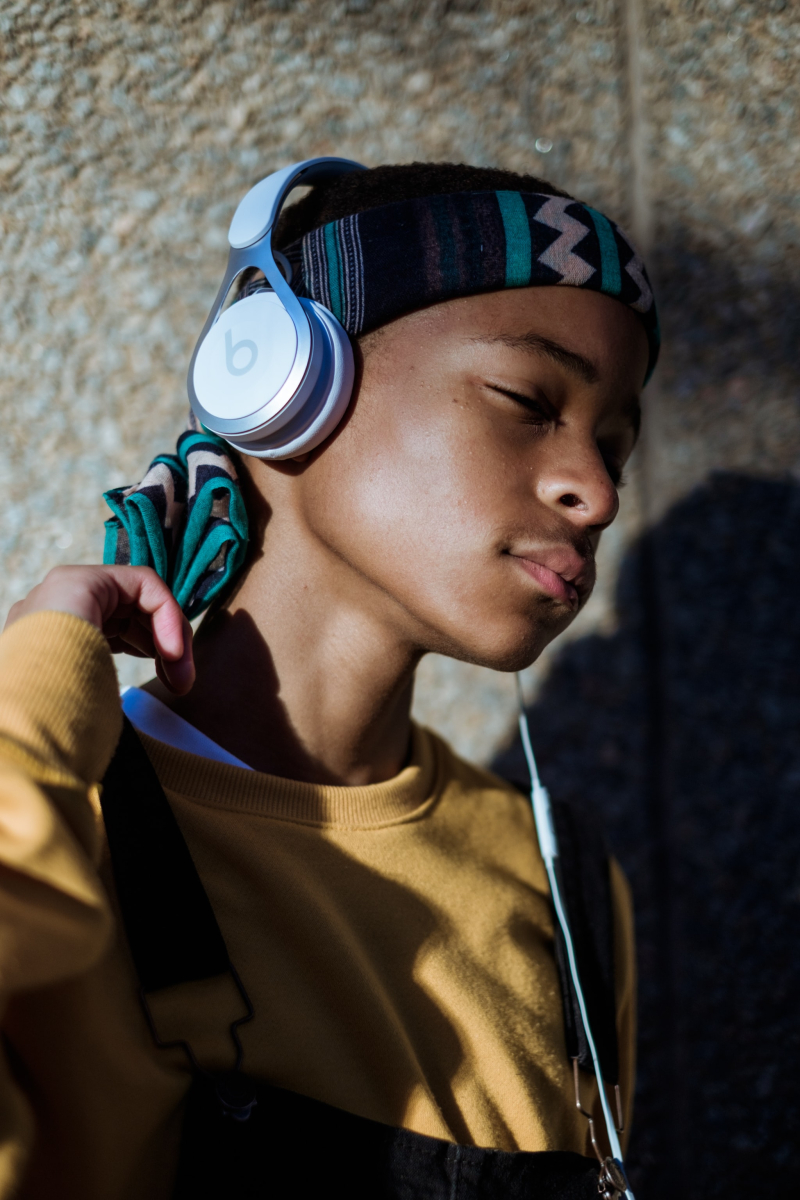 5. Turn up the tunes: If movement makes us feel good, moving to music can help us feel even better! Whether we are stretching to the soulful notes of a saxophone, or pounding the pavement to a techno beat, pairing physical activity with music amplifies its positive effects. Make a playlist of songs with a variety of tempos, intensities, and styles, and invite the children in your life to groove however the music makes them feel. Or, invite the youth you care about to curate a playlist for your next outdoor adventure together.
5. Turn up the tunes: If movement makes us feel good, moving to music can help us feel even better! Whether we are stretching to the soulful notes of a saxophone, or pounding the pavement to a techno beat, pairing physical activity with music amplifies its positive effects. Make a playlist of songs with a variety of tempos, intensities, and styles, and invite the children in your life to groove however the music makes them feel. Or, invite the youth you care about to curate a playlist for your next outdoor adventure together.
 6. Check your mindset: When it comes to enjoying the mood boosting benefits of movement, mindset matters. Your motivation to exercise determines how strong its impact is on Heart-Mind well-being. Dr. McGonigal shares that for adults, enjoying the feeling of exerting oneself, or feeling one’s best when exercising, are the most powerful reasons to move your body. In children and youth, experiencing positive social connections and feelings of belonging when exercising are the strongest predictors of positive mental health outcomes. Support the young people in your life to participate in activities where they can forge strong social ties and feel like they belong.
6. Check your mindset: When it comes to enjoying the mood boosting benefits of movement, mindset matters. Your motivation to exercise determines how strong its impact is on Heart-Mind well-being. Dr. McGonigal shares that for adults, enjoying the feeling of exerting oneself, or feeling one’s best when exercising, are the most powerful reasons to move your body. In children and youth, experiencing positive social connections and feelings of belonging when exercising are the strongest predictors of positive mental health outcomes. Support the young people in your life to participate in activities where they can forge strong social ties and feel like they belong.

7. Create meaning: As Dr. McGonigal poetically puts it, movement is a metaphor for who we are and who we want to be. Different movements can help us connect to different aspects of ourselves, and we can choose our physical activities based on how we want to feel. For example, lifting weights might help us feel strong, having a dance party might help us feel light hearted, and going for a bike ride might help us feel free. Encourage the young people you care about to explore ways of moving that generate the emotions they want to feel. Let them take the lead and don’t assume that an activity will make them feel a certain way. Invite them to try out whatever they feel drawn to, then support them to reflect on how it made them feel by asking open ended questions and just listening.
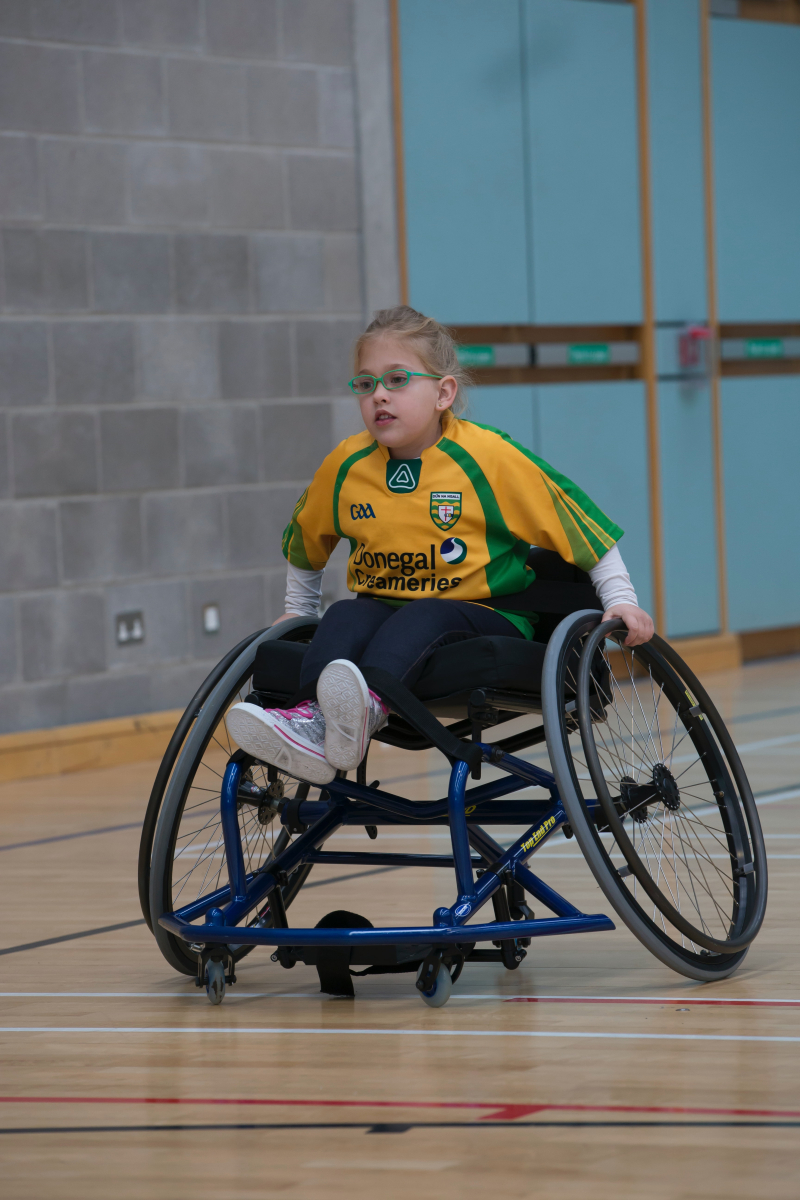 8. Make it a habit: While as little as 3 minutes of exercise can help us feel better in the moment, making movement a habit is required to unlock its most powerful, long-lasting effects. Dr. McGonigal explains that the optimal “dose” of exercise is 20 minutes or longer, more than once a week and up to every day, at an intensity that “feels good” or challenges you. She shares that often after 6 weeks of receiving that “dose” of exercise, the brain’s adaptations are noticeable, and may include improved mood, decrease in symptoms of anxiety and depression, and a stronger post-exercise high. Children, youth, and adults are all able to experience these benefits from an exercise habit - so make movement a regular part of the time you spend with the young people, today and every day!
8. Make it a habit: While as little as 3 minutes of exercise can help us feel better in the moment, making movement a habit is required to unlock its most powerful, long-lasting effects. Dr. McGonigal explains that the optimal “dose” of exercise is 20 minutes or longer, more than once a week and up to every day, at an intensity that “feels good” or challenges you. She shares that often after 6 weeks of receiving that “dose” of exercise, the brain’s adaptations are noticeable, and may include improved mood, decrease in symptoms of anxiety and depression, and a stronger post-exercise high. Children, youth, and adults are all able to experience these benefits from an exercise habit - so make movement a regular part of the time you spend with the young people, today and every day!
